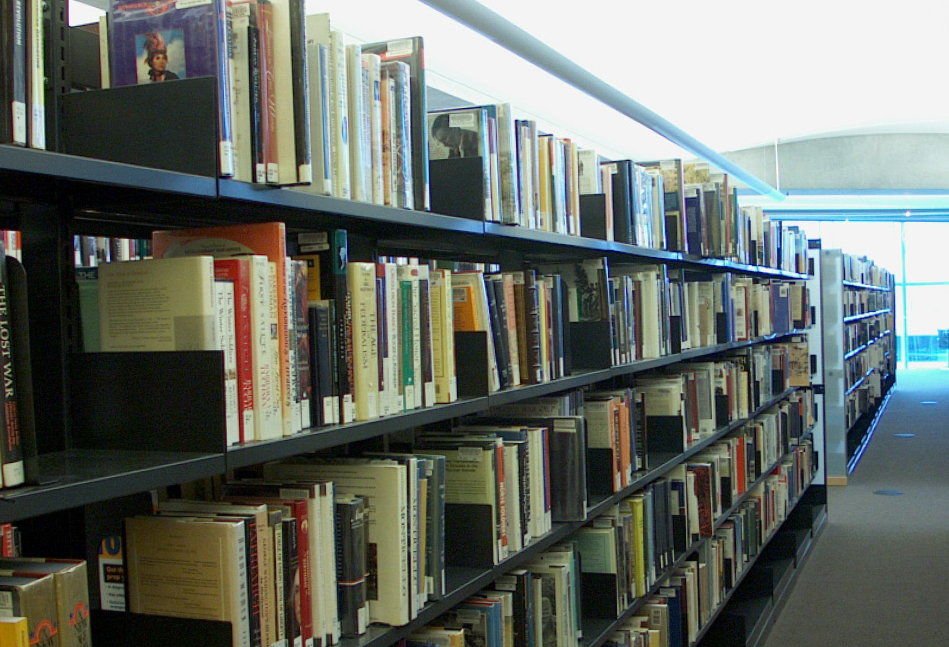Learning to Share: Filling Empty School Seats by Coordinating Facilities Planning
Abstract
IntroductionWhat comes to mind first when you hear the word “school”? Is it the building itself, or the educational programs inside? The man, woman or child in the street tends to think of the facility, while education reformers often think of curriculum, faculty, children and learning. The physical facilities are the stage for the interactions of teachers and students. The stage should be comfortable, dry and conducive to learning; once these prerequisites are achieved, the educational program is far more important than the physical plant. Even in a school whose architecture inspires (for its beauty, for the history witnessed by its old stone walls, or for the technological savvy promised by its ultra-modern design), what matters most is the reading, writing and arithmetic, not the building itself.
Once upon a time, most children attended the closest school, their neighborhood school. Today, students and parents face a wide variety of choices—public, private, parochial, charter, remedial, magnet or special-themed. A school building and the program it hosted used to be one unit, located in the middle of the neighborhood served, but today that restriction has been blown open. More and more students are served by alternative models. School programs are more varied, and can change relatively quickly. Yet school buildings, made of brick and mortar, cannot immediately adapt.
Downloads
Published
How to Cite
Issue
Section
License
Copyright (c) 2011 Jackie Buhn (Author)

This work is licensed under a Creative Commons Attribution-NonCommercial-NoDerivatives 4.0 International License.
The Social Innovations Journal permits the Creative Commons License:
CC Attribution-NonCommercial-NoDerivatives 4.0
Under the following terms:
-
Attribution — You must give appropriate credit, provide a link to the license, and indicate if changes were made. You may do so in any reasonable manner, but not in any way that suggests the licensor endorses you or your use.
-
NonCommercial — You may not use the material for commercial purposes.
-
NoDerivatives — If you remix, transform, or build upon the material, you may not distribute the modified material.
- No additional restrictions — You may not apply legal terms or technological measures that legally restrict others from doing anything the license permits.
Notices:
- You do not have to comply with the license for elements of the material in the public domain or where your use is permitted by an applicable exception or limitation.
- No warranties are given. The license may not give you all of the permissions necessary for your intended use. For example, other rights such as publicity, privacy, or moral rights may limit how you use the material
Copyright and Publishing Rights
For the licenses indicated above, authors retain the copyright and full publishing rights without restrictions.





